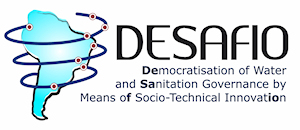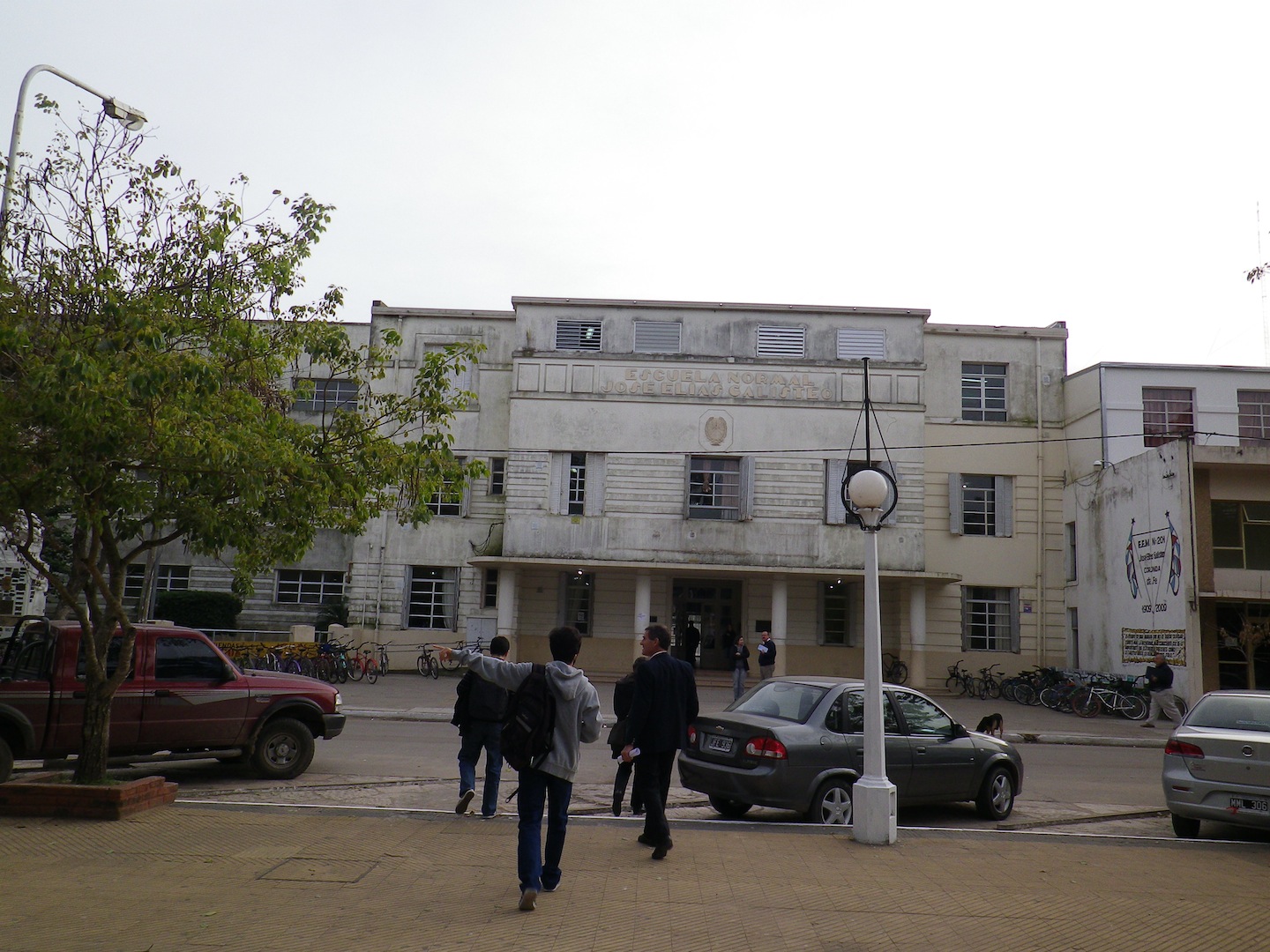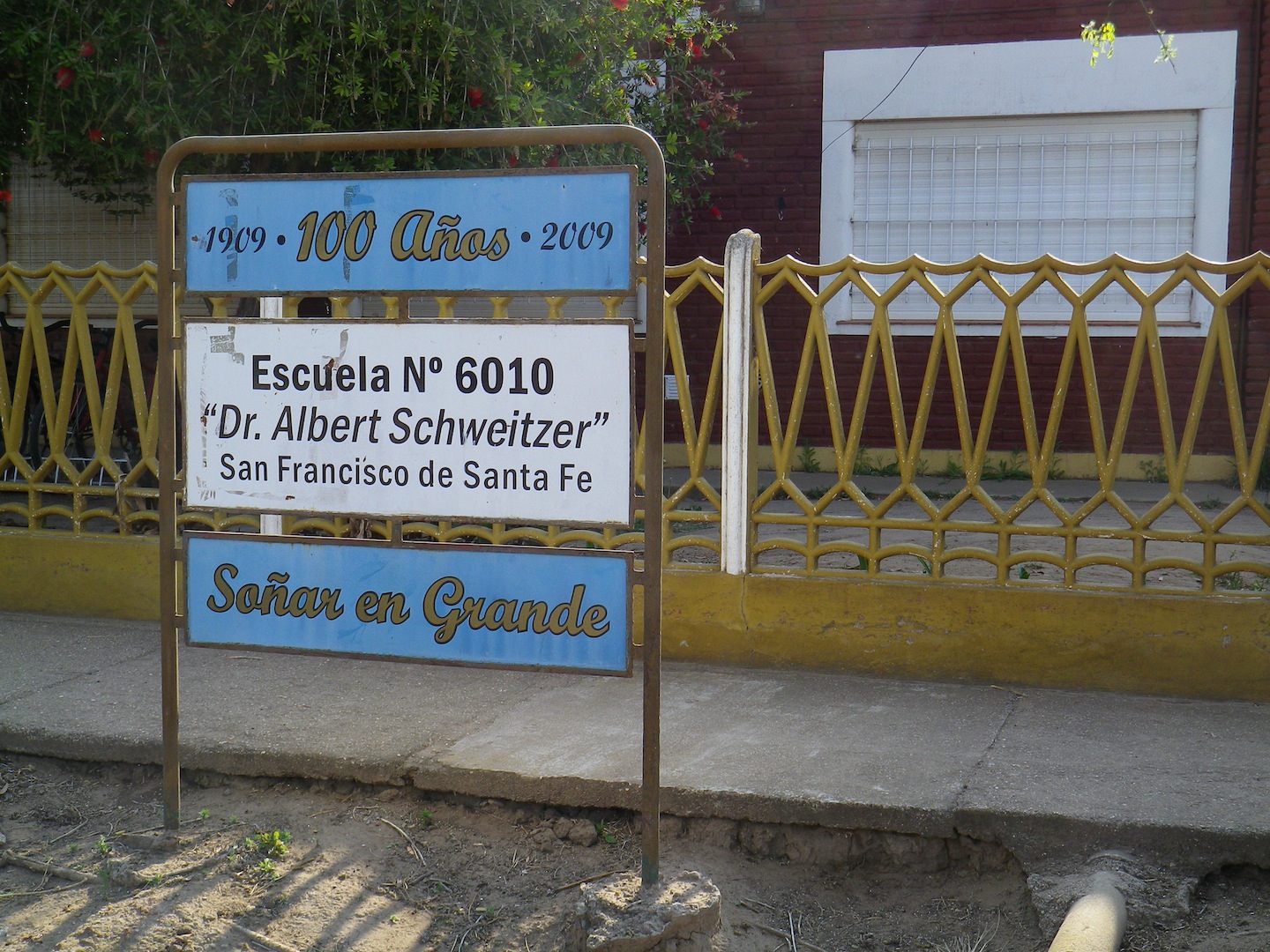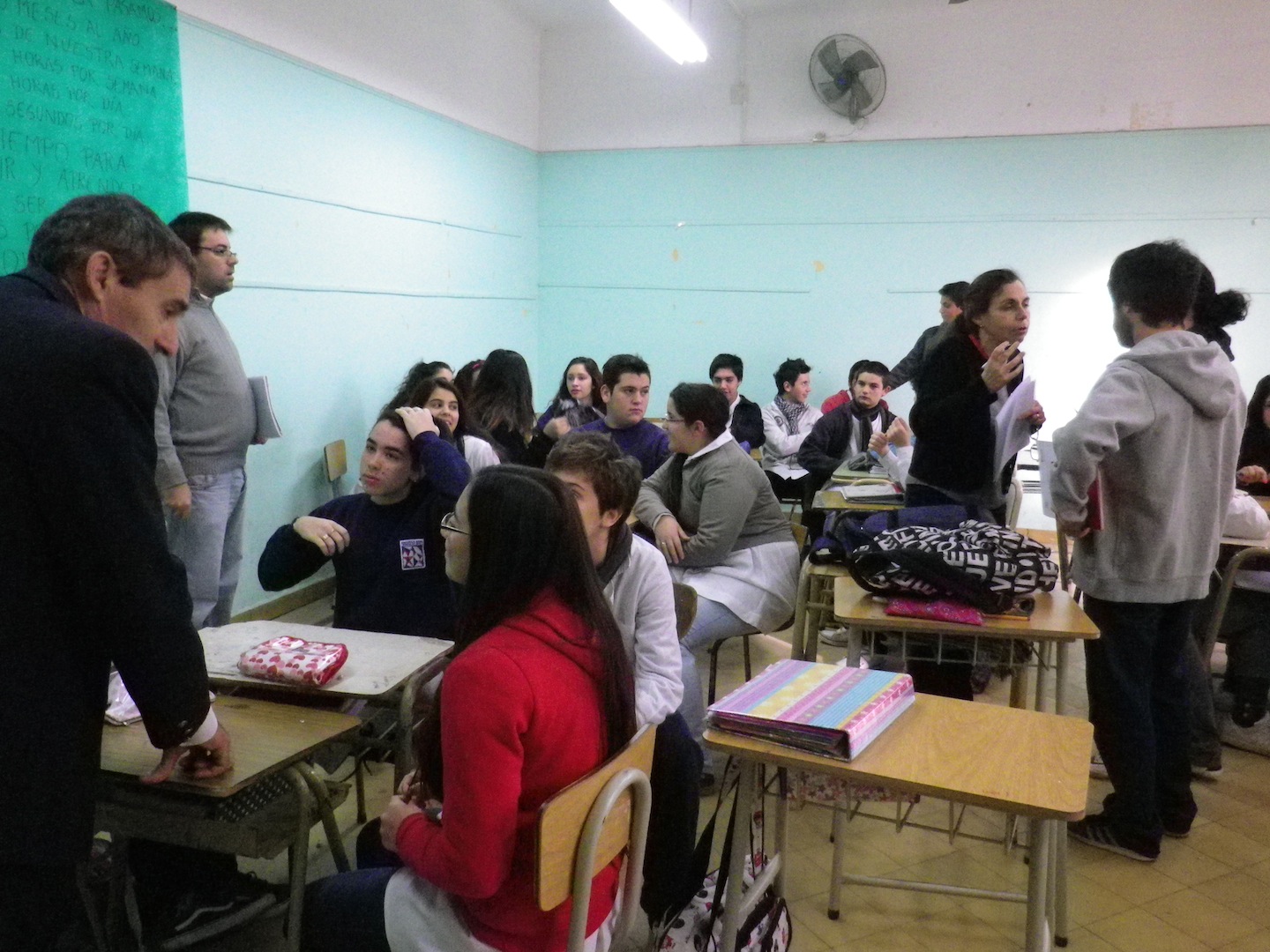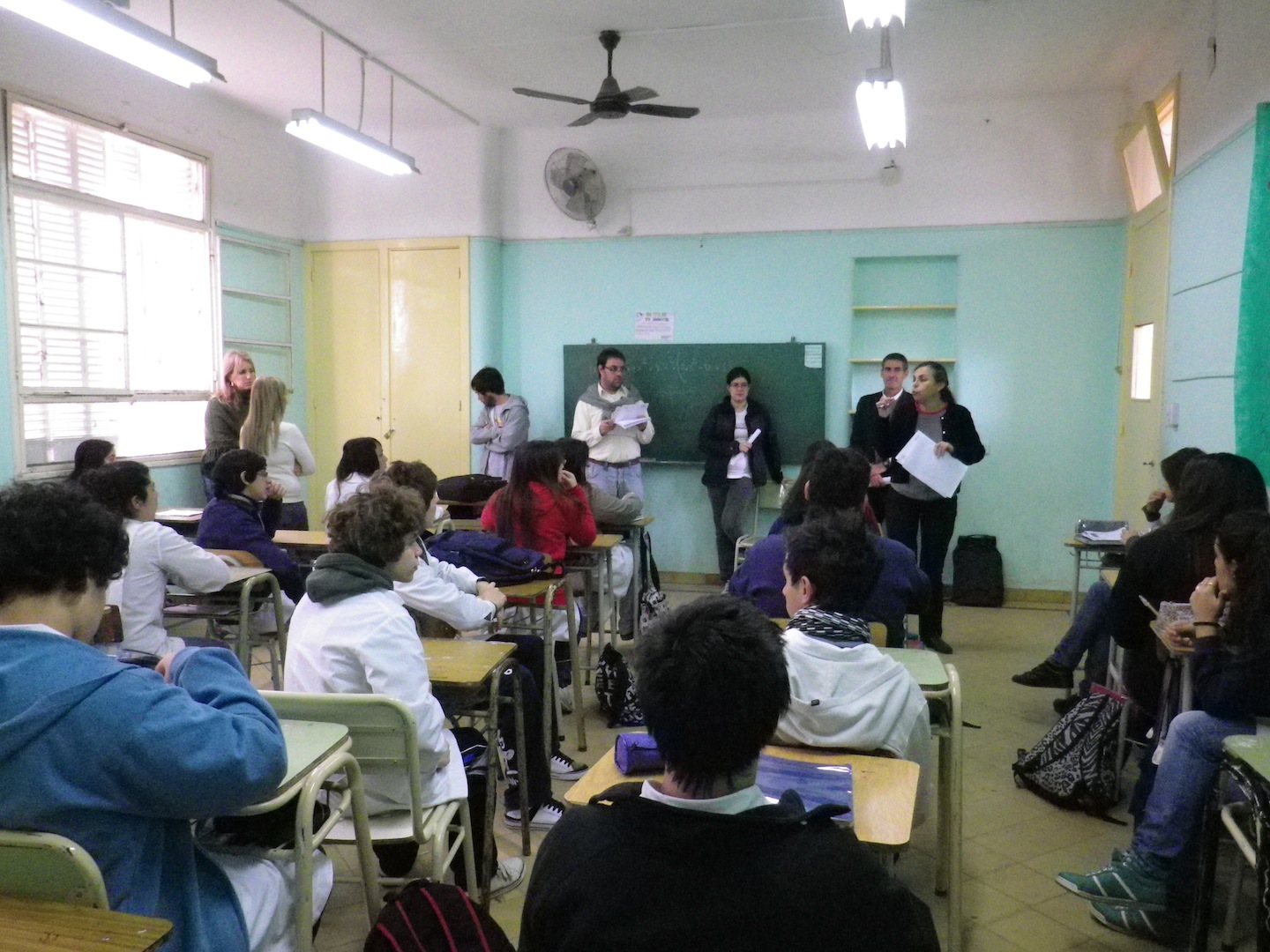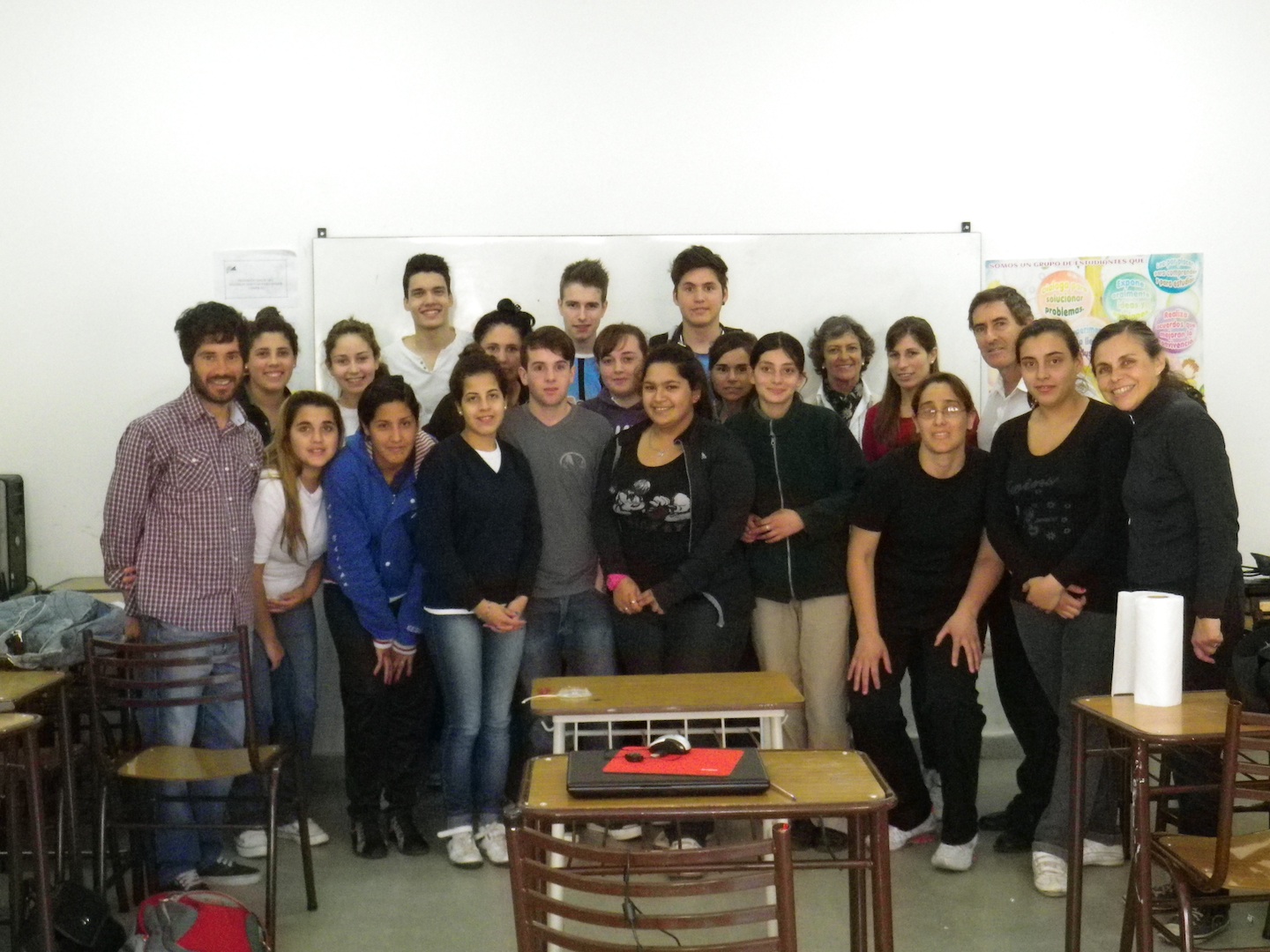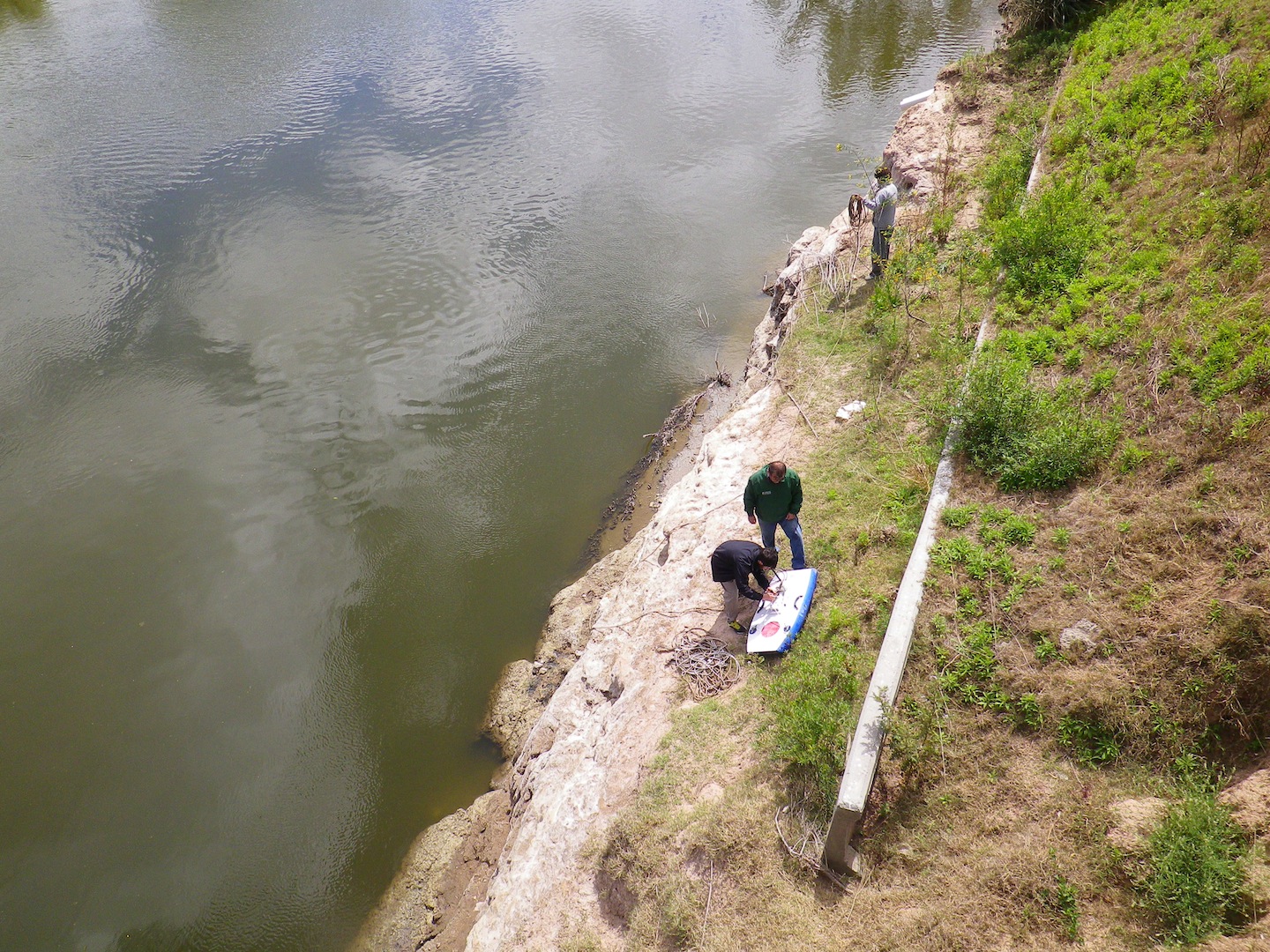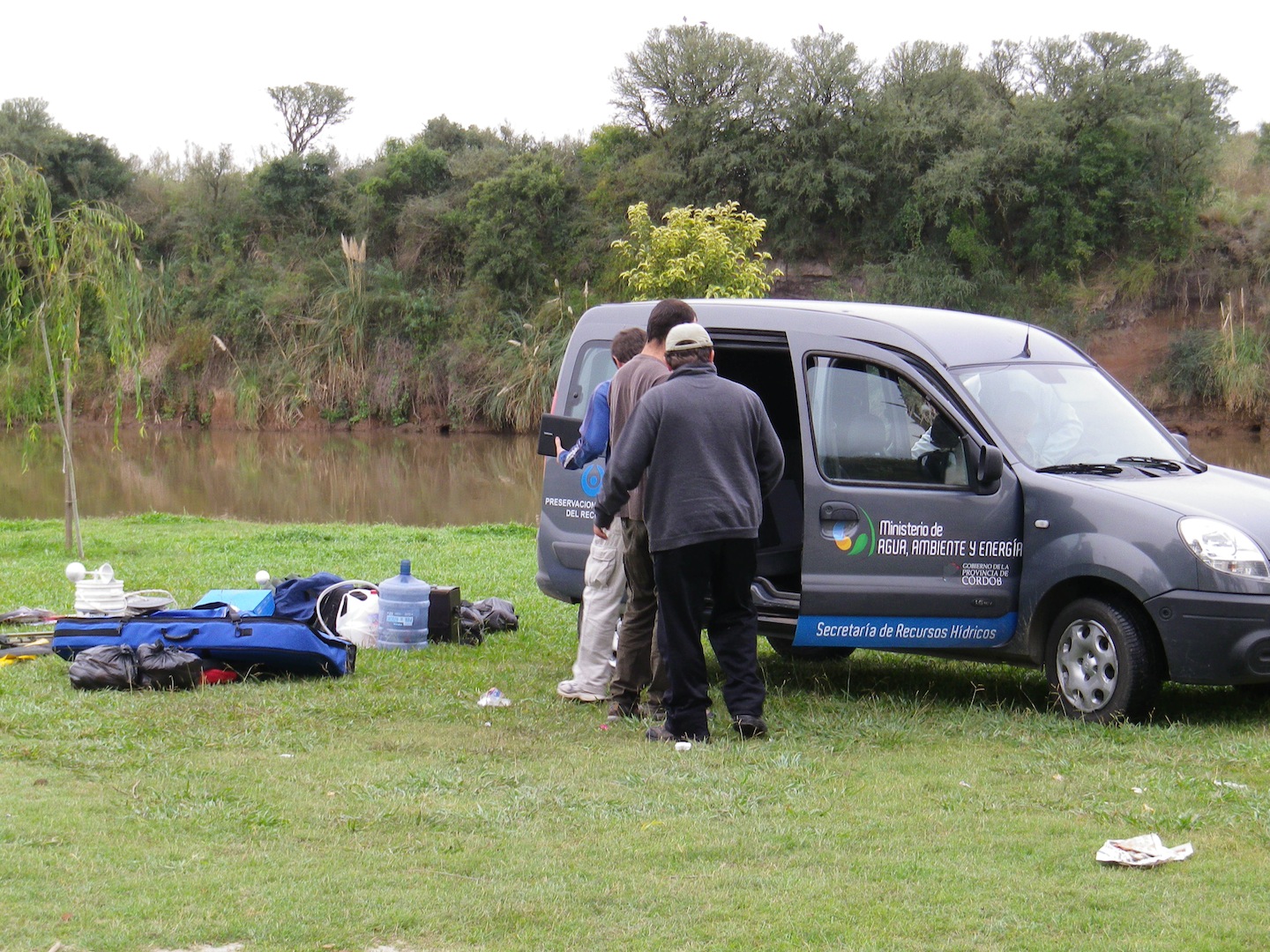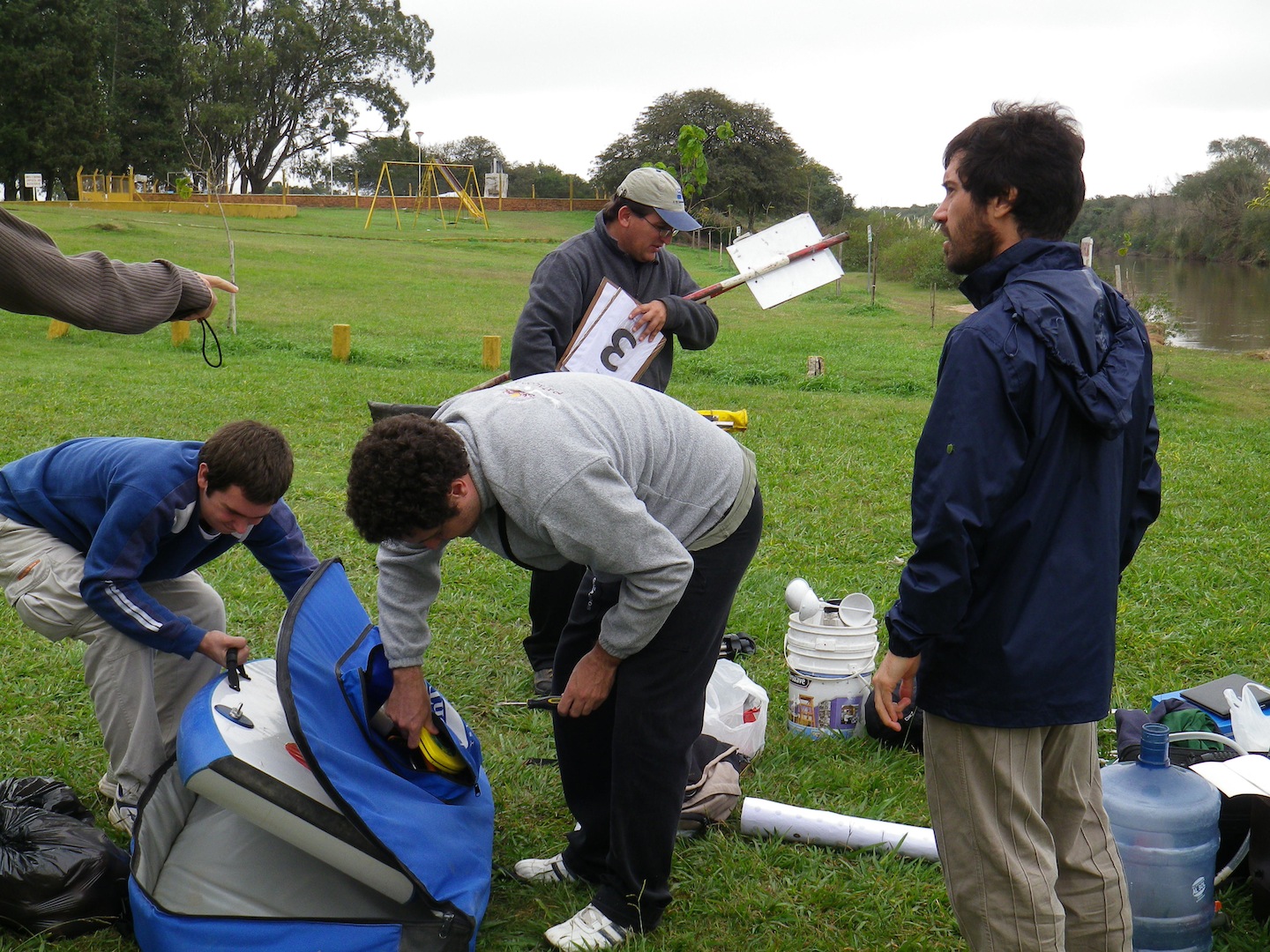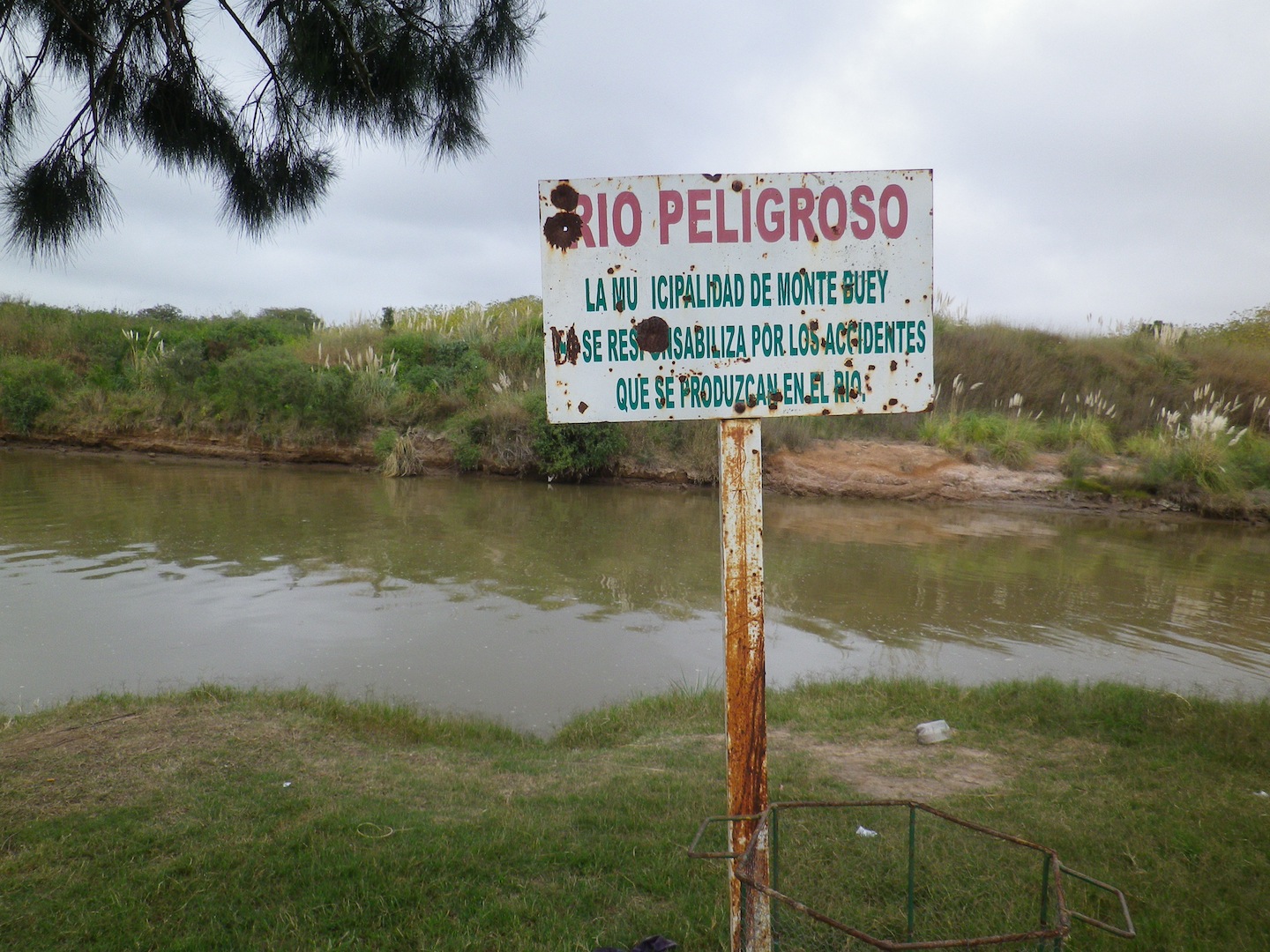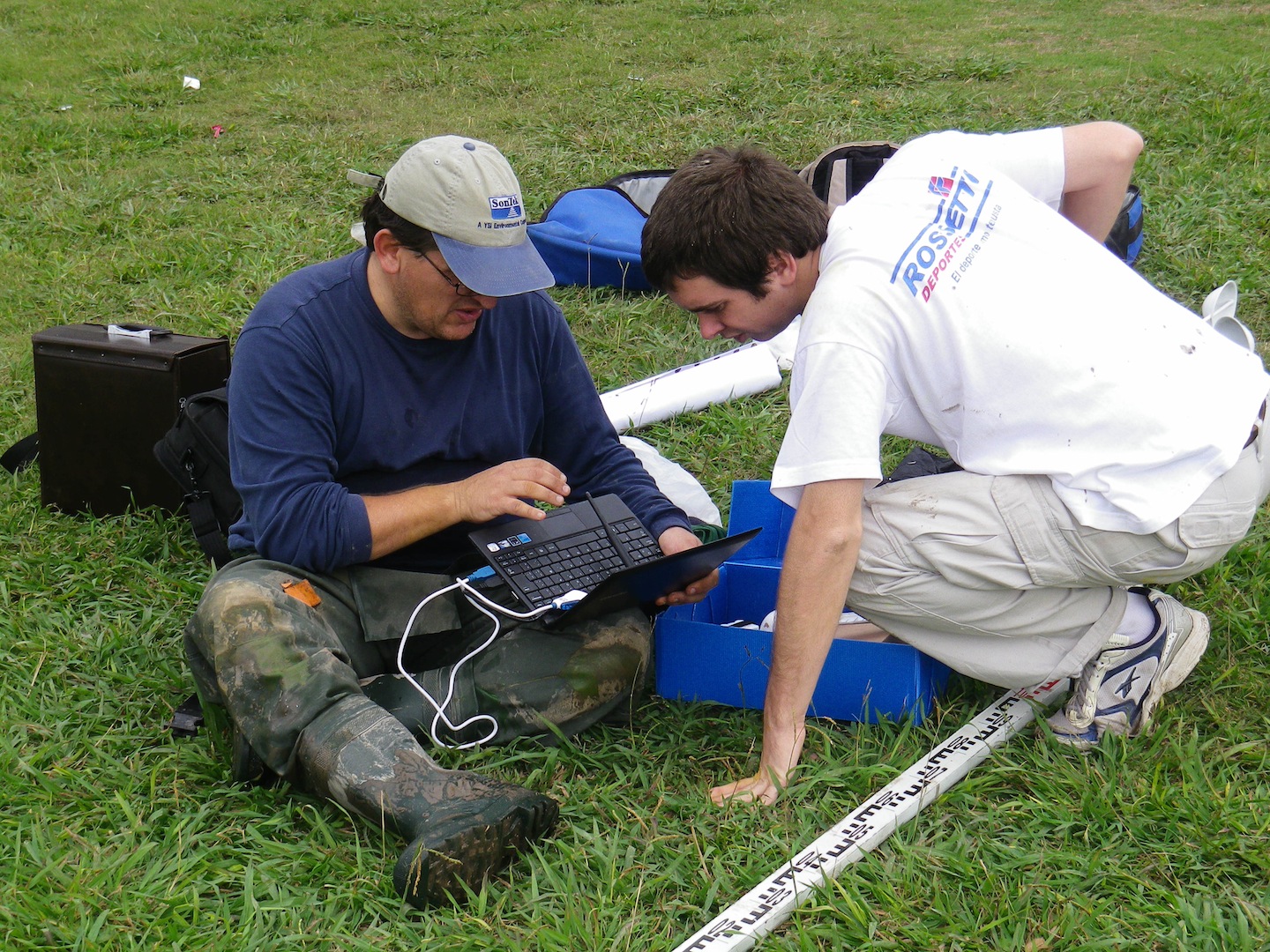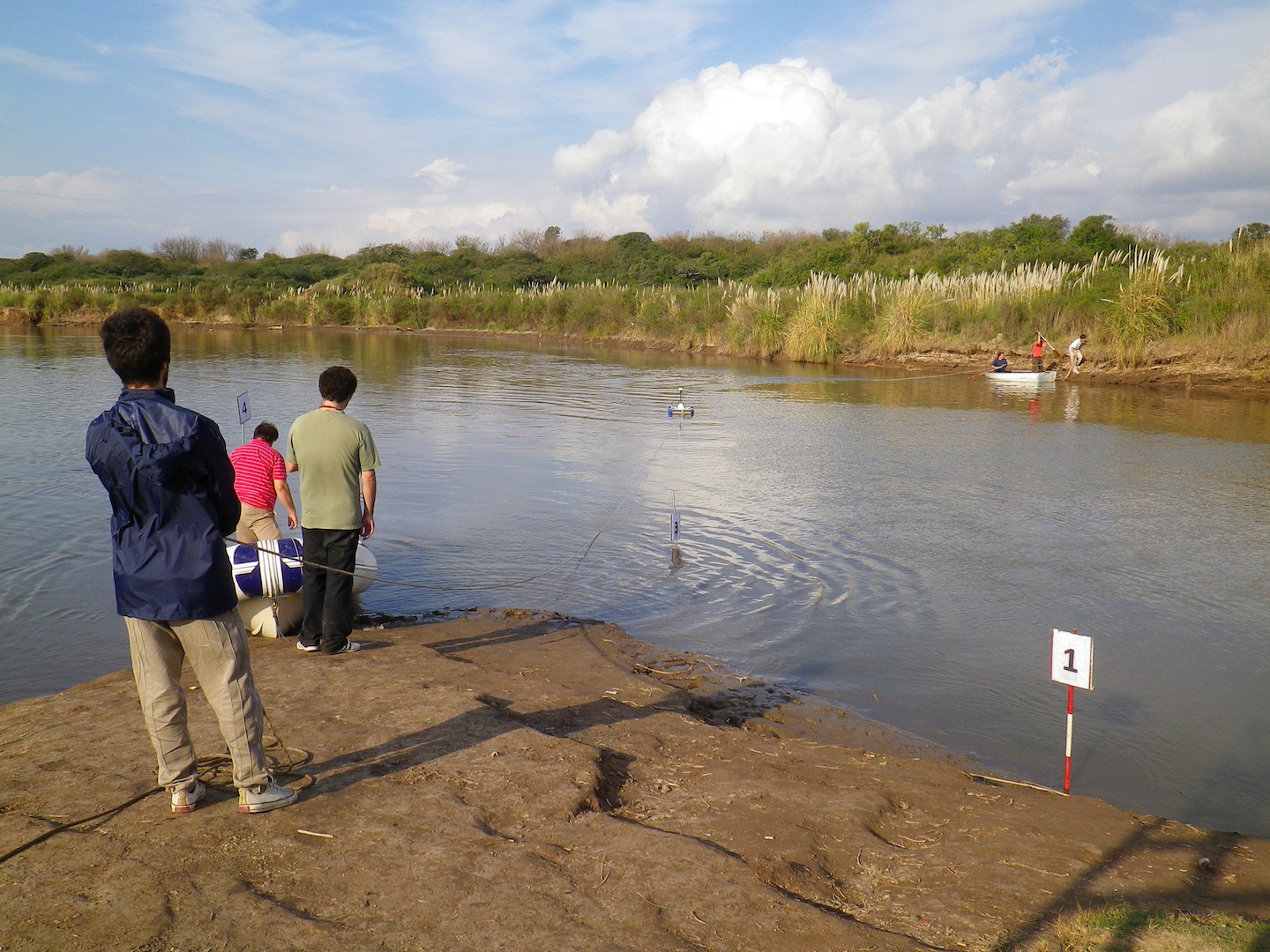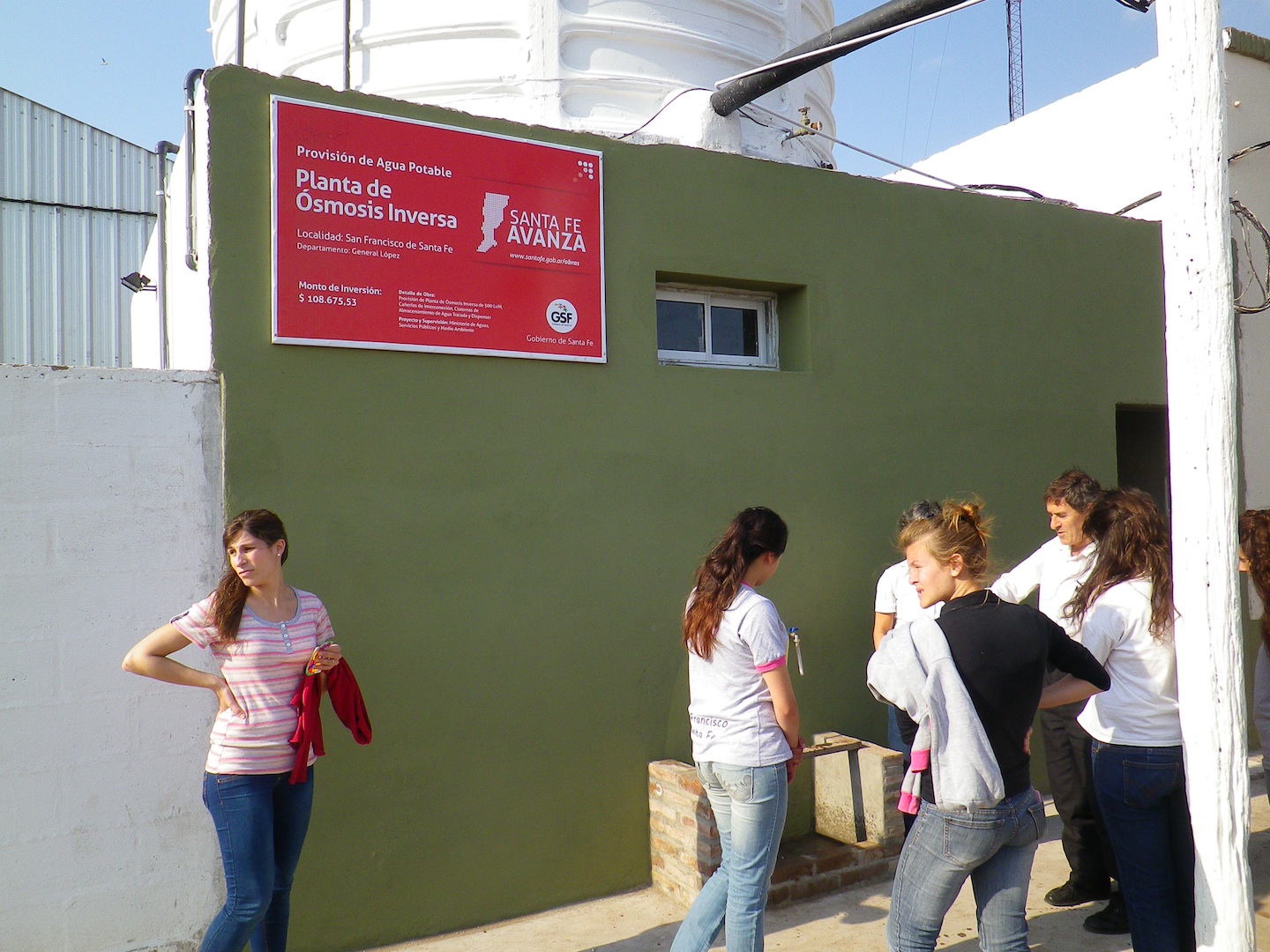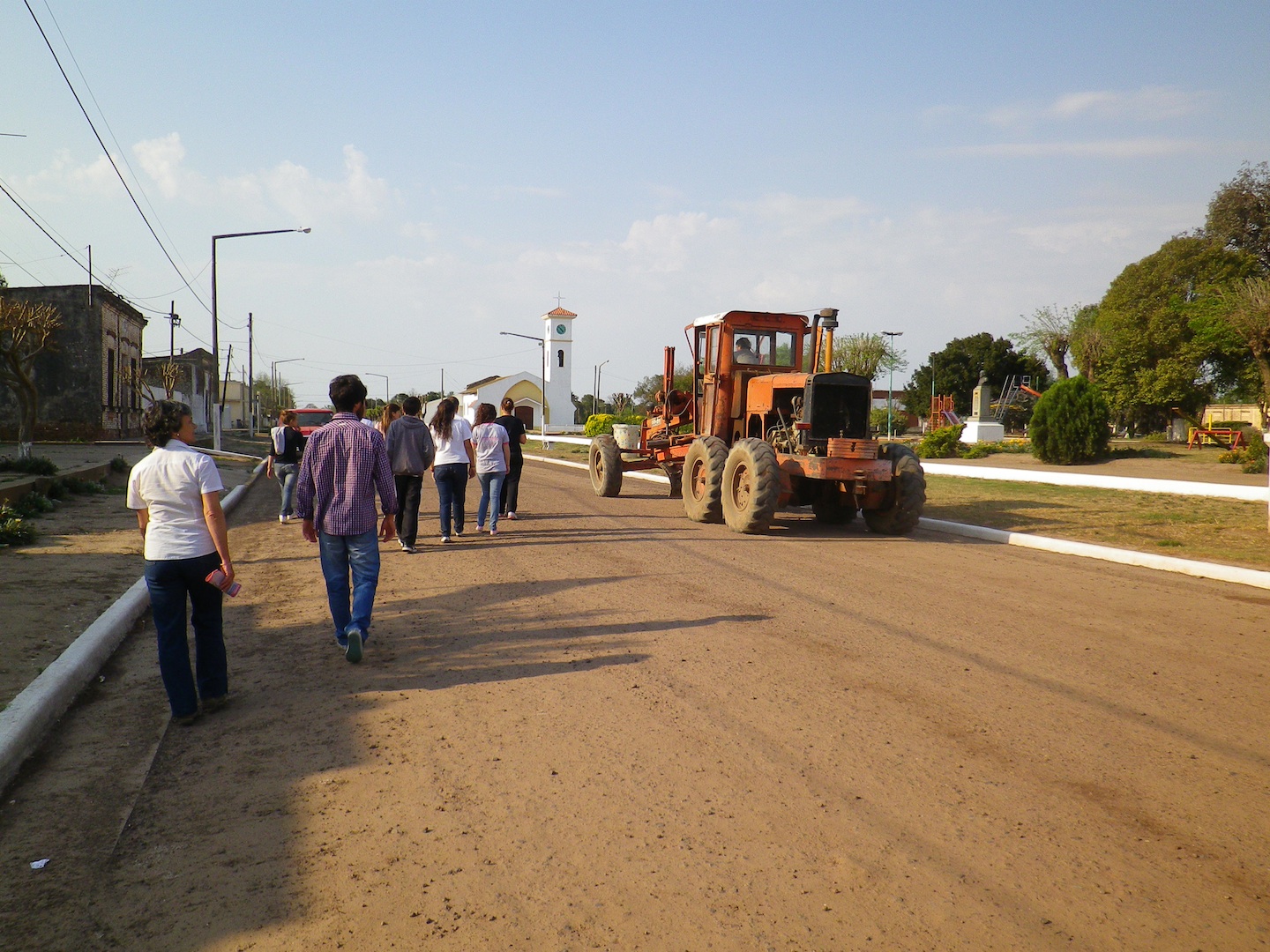4.3 Capacity Building for Monitoring Water Quality in Vulnerable Communities in Argentina
In 2007, the environmental agency of the province of Santa Fe, Argentina, found that the water available for consumption in 85 of its 362 localities contained levels of naturally-occurring arsenic and fluoride that far exceed the recommended limits of the World Health Organisation. These are, for the most part, small localities that get their water supply from local authorities or cooperatives, which do not have enough resources to invest in the necessary technologies to mitigate the problem. This study was developed as an intervention to develop local capacities in small communities to monitor drinking water quality and raise awareness about the links between water quality, public health and general well being. The research involved school teachers, children, and their families, and was implemented in several localities of the Province of Santa Fe. The research included activities of knowledge exchange between community members and experts and encouraging the involvement of the educational system in the diagnosis and subsequent control of the population’s exposure to low-quality water. This was one of DESAFIO’s “intervention” case studies, and the implementation of the intervention was part of the research process.
The case study was coordinated by Dr. Margarita Portapila, from the International French-Argentinean Centre of Information and System Sciences (CIFASIS), National University of Rosario (UNR), Rosario, Argentina.
The case-study report has been now published as:
Portapila, M., J. C. Marín, S. Omelianiuk, M. Orta, and H. Escobar (2015), “Capacity building for monitoring water quality in vulnerable communities in Argentina”, in J. E. Castro (Ed.), WATERLAT-GOBACIT Working Papers, DESAFIO Project Series SPIDES, Vol. 2, No 13. Download it here.













